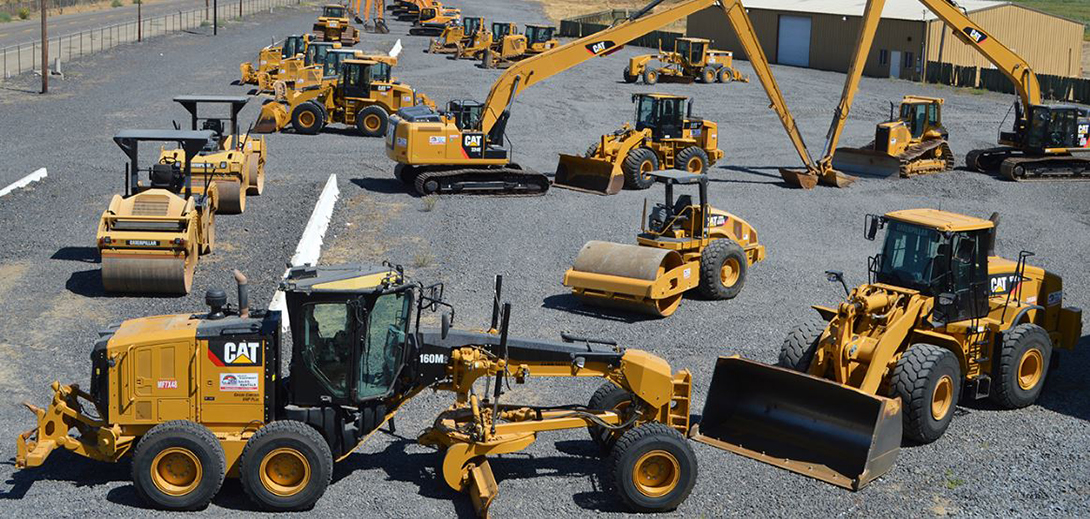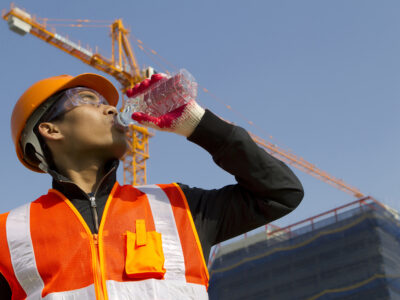As a worker in California who spends a significant amount of time around heavy equipment, you also risk being involved in equipment-related accidents. The Law Offices of Hussain & Gutierrez are here to help if you end up severely hurt due to the equipment that you work with.
The Hazards of Heavy Equipment in the Workplace
There are several dangers to be aware of when working with heavy machinery or equipment. First off, always follow the safety instructions or guidelines when operating these machines. Failure to do so could lead to injury. However, faulty parts can render even precise adherence to directions still lead to dangerous situations. In some cases, you may not notice these damaged parts until it is too late. In others, poor maintenance may contribute to their defectiveness.
Heavy machinery accidents are not limited to one type of workplace. They occur in various industries, including construction, manufacturing, agriculture, shipping yards, and warehouses, across California. Equipment such as cranes, forklifts, bulldozers, excavators, power tools, conveyor systems, and industrial vehicles is frequently involved in serious incidents. According to the U.S. Bureau of Labor Statistics (BLS), contact with objects and equipment accounted for nearly 14 percent of all workplace fatalities in 2022.
Causes and Categories of Heavy Equipment Accidents
Heavy equipment accidents can result from various causes, each creating risks that can devastate workers and their families.
Equipment Defects and Mechanical Failures
Even well-trained workers can be injured if machinery malfunctions. Faulty parts, poor design, or defective manufacturing may cause sudden breakdowns.
Employer Negligence and Poor Maintenance
Employers who fail to properly inspect, repair, or maintain machines create hazardous conditions. A lack of lockout/tagout procedures or failure to guard dangerous moving parts can turn ordinary tasks into life-threatening situations.
Worksite Hazards and Human Error
Congested areas, lack of warning signage, insufficient lighting, and improper operator training frequently contribute to accidents. Operator error due to fatigue or lack of supervision is also a common factor.
Employer Responsibilities Under OSHA and Cal/OSHA
Employers and contractors in California have a legal duty to provide safe work sites and comply with occupational safety regulations. Their responsibilities include:
- Conducting hazard assessments to identify equipment-related risks
- Training employees in safe machinery use, in multiple languages if necessary
- Maintaining, repairing, and inspecting equipment regularly
- Providing proper protective equipment, such as helmets, gloves, and high-visibility gear
- Implementing lockout/tagout systems, machine guarding, and hazard communication (HazCom) standards
When employers fail to meet these obligations, workers are left vulnerable to preventable injuries.
Consequences of Heavy Equipment Accidents
The most common injuries related to heavy equipment include crush injuries, concussions, and broken or sprained limbs. Wearing protective gear can help, but in many cases, even the best gear cannot prevent serious harm.
Other possible injuries include traumatic brain injuries (TBI), spinal cord damage, amputations, multiple fractures, and internal organ trauma. These injuries often result in long hospital stays, surgeries, rehabilitation, permanent disabilities, and psychological effects such as depression or post-traumatic stress disorder. Families may struggle with loss of income and rising medical bills.
The Workers’ Compensation Claim Journey
California’s workers’ compensation system is designed to provide financial and medical support after equipment-related injuries; however, the process is not always straightforward.
- Report the Accident – Notify your employer within 30 days of the incident.
- Seek Medical Care – Your employer must provide access to authorized doctors.
- File a Claim Form (DWC-1) – This begins your official workers’ comp case.
- Receive Benefits Review – You may qualify for medical treatment, wage replacement, or disability benefits.
- Handle Disputes – Employers or insurers may deny or delay claims.
- Appeal if Necessary – If denied, you can appeal before the Workers’ Compensation Appeals Board (WCAB).
Many injured workers experience reduced or delayed settlements without the benefit of legal support. Having experienced attorneys ensures you receive the full benefits you deserve.
Beyond Workers’ Compensation: Third-Party Liability
Workers’ compensation may not be the only path to recovery. In some cases, injured workers may pursue additional claims:
- Defective Machinery – If faulty equipment caused the injury, manufacturers and distributors may be held accountable.
- Negligent Third Parties – Subcontractors, rental companies, or property owners whose negligence contributed to the accident may share liability.
- Wrongful Death Claims – Families who lose loved ones in equipment-related accidents may seek compensation beyond workers’ comp.
These claims can include damages for pain and suffering, loss of companionship, and future lost earnings compensation that workers’ comp alone does not provide.
How Workers Can Protect Themselves
Although employers hold primary responsibility for providing safe equipment and training, workers can also take steps to protect themselves:
- Wear required protective gear such as helmets, gloves, and high-visibility clothing
- Stay clear of blind spots around machinery
- Participate in mandatory safety training programs
- Report defective equipment or unsafe practices immediately
- Avoid operating equipment without proper certification or training
Still, even the most careful workers cannot always prevent accidents when unsafe conditions exist.
Frequently Asked Questions
What types of injuries are most common in heavy equipment accidents?
Crush injuries, traumatic brain injuries, amputations, broken bones, and spinal cord damage are among the most serious and frequent outcomes.
Can I sue my employer for a work-related accident involving heavy equipment?
Generally, no. Workers’ compensation is the exclusive remedy against employers, but you may bring third-party claims against manufacturers, contractors, or rental companies.
Does immigration status affect workers’ compensation benefits?
No. All employees in California, regardless of immigration status, are entitled to workers’ comp if they are injured at work.
What happens if my workers’ comp claim is denied?
You can appeal through the Workers’ Compensation Appeals Board (WCAB). An attorney can represent you in hearings, gather evidence, and challenge insurer denials.
How long does a workers’ comp case take?
Timelines vary, but cases can take several months to a year, depending on disputes and the severity of injuries.
What should I do right after an accident?
Report the incident, seek immediate medical care, and contact an attorney to protect your rights before filing a claim.
If you or a loved one has been injured in a heavy equipment accident in California, do not face the aftermath alone. Navigating workers’ compensation, employer negligence, and potential third-party claims can be overwhelming without the guidance of a lawyer.
At Hussain & Gutierrez, our legal team is dedicated to protecting injured workers and ensuring they receive the maximum benefits and compensation to which they are entitled under California law.
Contact Hussain & Gutierrez today for a consultation.



